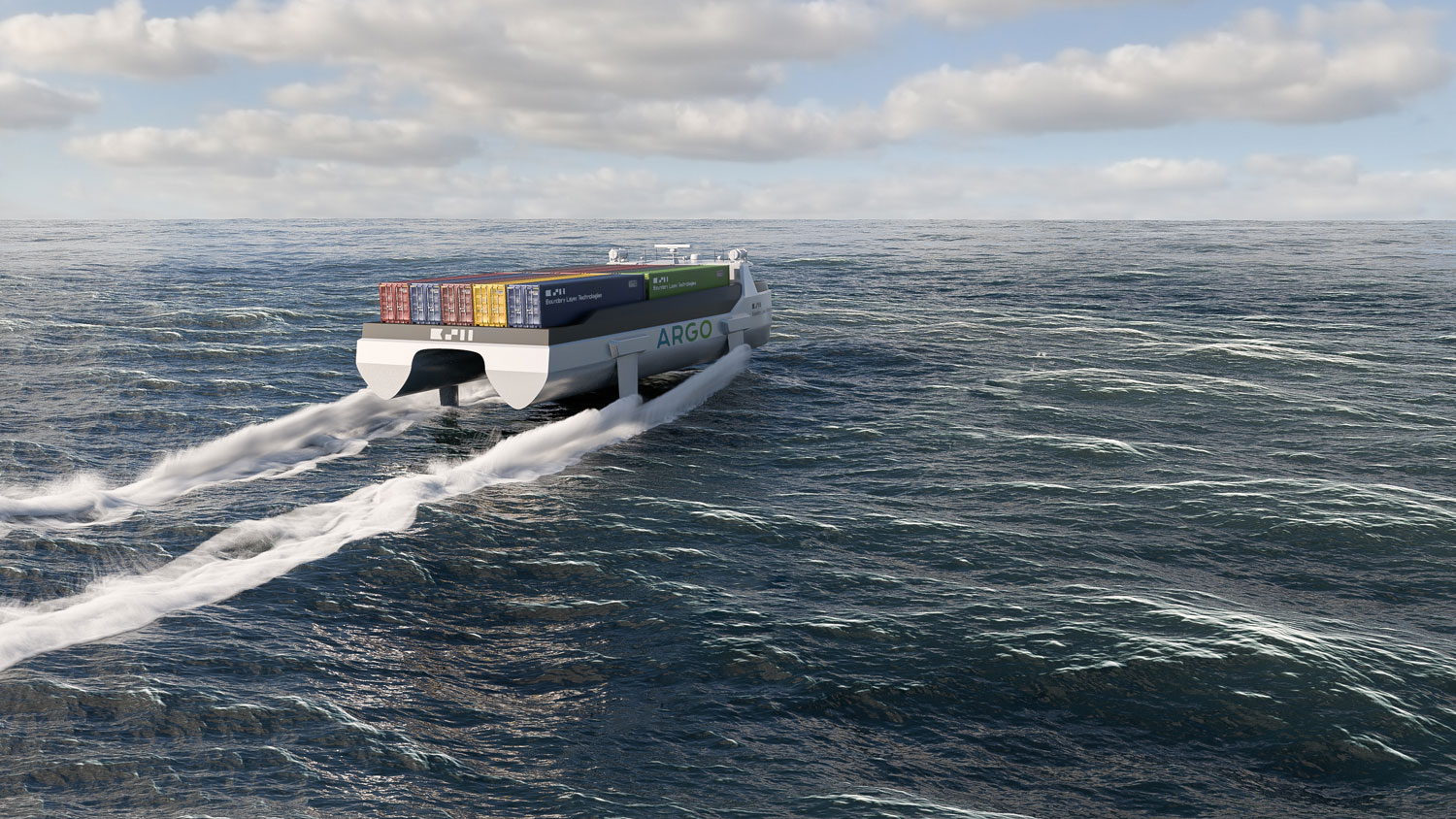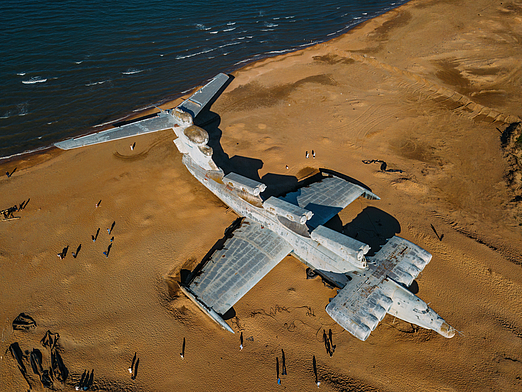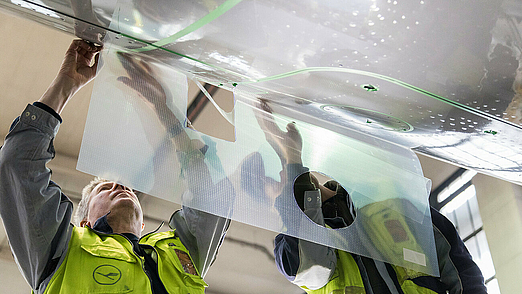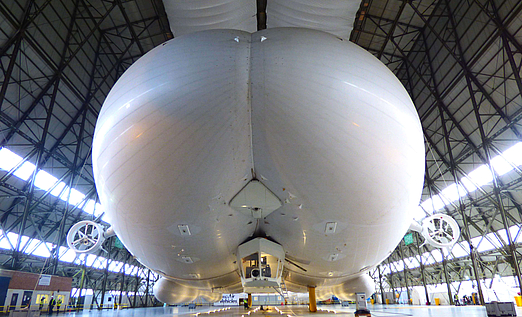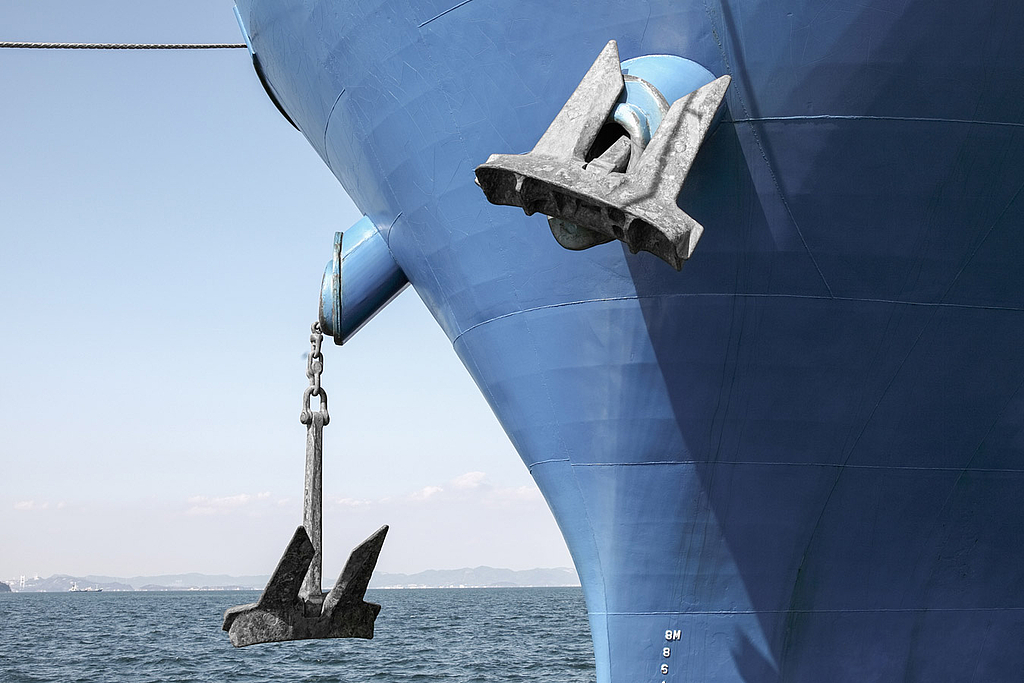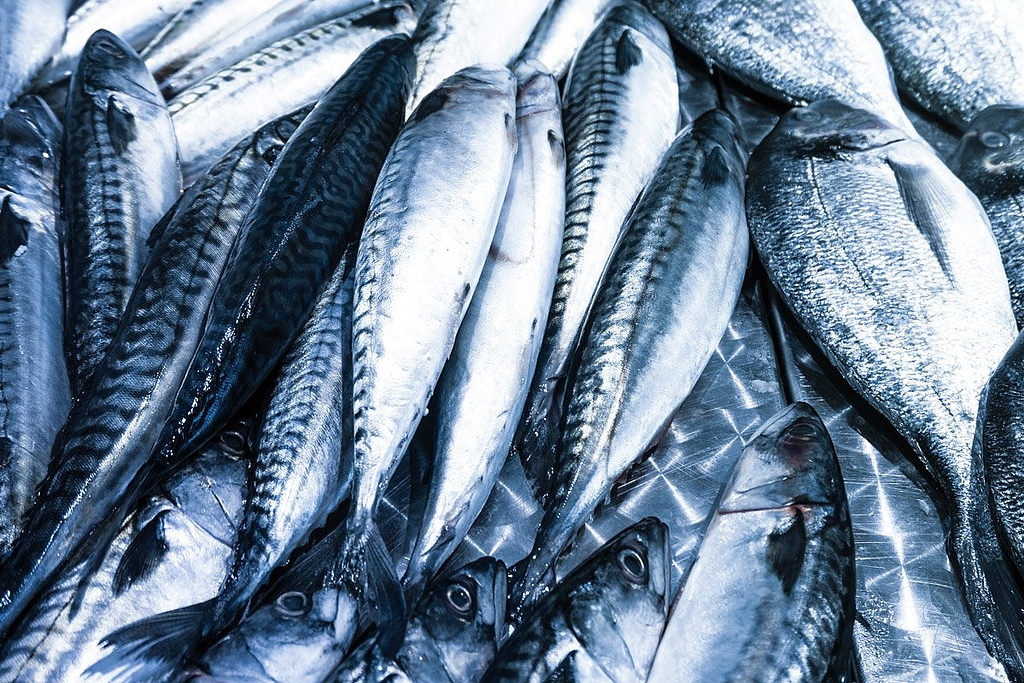Lift off! Are “hydrofoil freighters” just around the corner?
Wings that glide through the water
- Facts
The world of logistics is full of futuristic startups and visionary transportation concepts. In addition to economic advantages, there is always a clear focus on being climate friendly. “ARGO” is no exception, and promises to re-imagine the long-established concept of “hydrofoil boats.” Learn more about the craft’s namesake from Greek mythology and how ARGO is expected to make sea freight faster, more flexible, and more environmentally friendly.
